Editor’s note: This is an addendum to the GAME Project 2024. Unfortunately, Team Finland’s blog was not edited in time last autumn, which is why we are delivering it now. Enjoy!
Hei from Åland! We are Kristin (Åbo Akademi University) and Stephany (Kiel University), Team Finland at the northernmost study site of GAME 2024. We have spent the late spring and summer at Husö Biologiska Station, one of Åbo Akademi University’s field stations, located in the heart of the Åland archipelago.
After months of navigating cold plunges, setting up mesocosms, sauna sessions, and adapting to the ever-changing weather of the Finnish archipelago, we have now reached the end of our project’s experimental stage. Our focus? Studying the effects of artificial light at night (ALAN) on the bladderwrack Fucus vesiculosus and its not-so-cooperative grazers, the isopod Idotea balthica. Now, as autumn sets in and the nights grow colder, it’s time to reflect.
The Finnish archipelago is full of surprises and our time here was no exception. Alongside our experiments, we faced everything from snow and stormy seas to the most Finnish of traditions—saunas and cold plunges.
Warmed by the wooden walls of the sauna, we sat in small groups, listening to the hiss of water hitting the scorching stones as temperatures climbed past 80°C. The real challenge, however, was what came next—the plunge into the Baltic Sea. Whether under the glow of the midnight sun or in pouring rain, the icy water was an instant shock to the system, leaving us gasping and exhilarated. This ritual, a perfect blend of relaxation and adrenaline, became one of the highlights of our stay.
Beyond science, we fully immersed ourselves in Åland’s culture. Our midsummer celebration was a true fusion of traditions, blending Finnish and Peruvian elements into something uniquely Team Finland. The evening featured classic drinking songs (which Stephany learned surprisingly fast) and a last-minute culinary experiment: Peruvian ceviche made from fresh perch, flash-frozen at -80°C to avoid potential parasites. The combination of citrus-marinated fish and the midnight sun made for an unforgettable night.
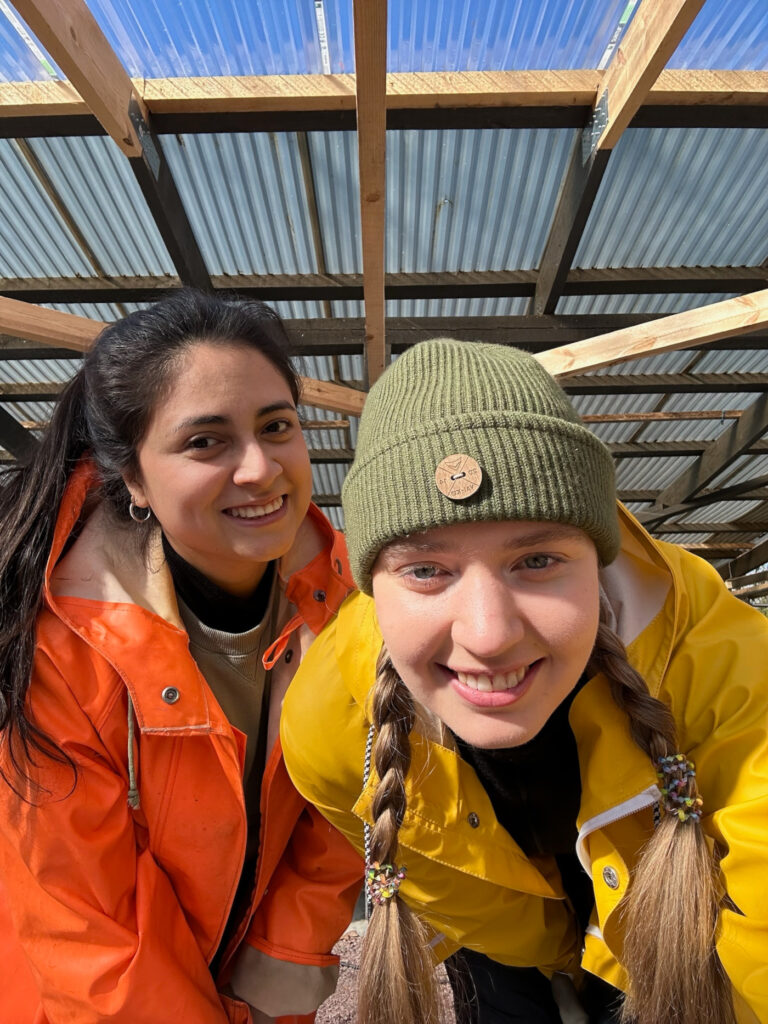
Add a few paranormal encounters to the mix, and you’ve got the full Husö experience. The field station, surrounded by dense forests and rocky shores, is quiet by day but eerie at night. With its long history, Husö has no shortage of ghost stories, and residents are no strangers to strange noises, flickering lights, or the unsettling feeling of being watched. The mesocosms, set up just outside, required late-night checks, often sending us down the short, 30-second path to the aquarium hall in near-total darkness.
One night in particular, after chatting with Stephany by the mesocosms, Kristin walked back alone. But when she stepped into the aquarium hall, Stephany was already inside, looking up in confusion—she had never left.
Who or what Kristin spoke to outside is something we may never know.
To lighten the mood (and maybe appease any lingering spirits), Stephany took to singing while working alone at night. Whether it helped or not, we’ll never know, but at least it made long shifts at Husö a little less unsettling. Science with a side of spookiness—just another night at the station!
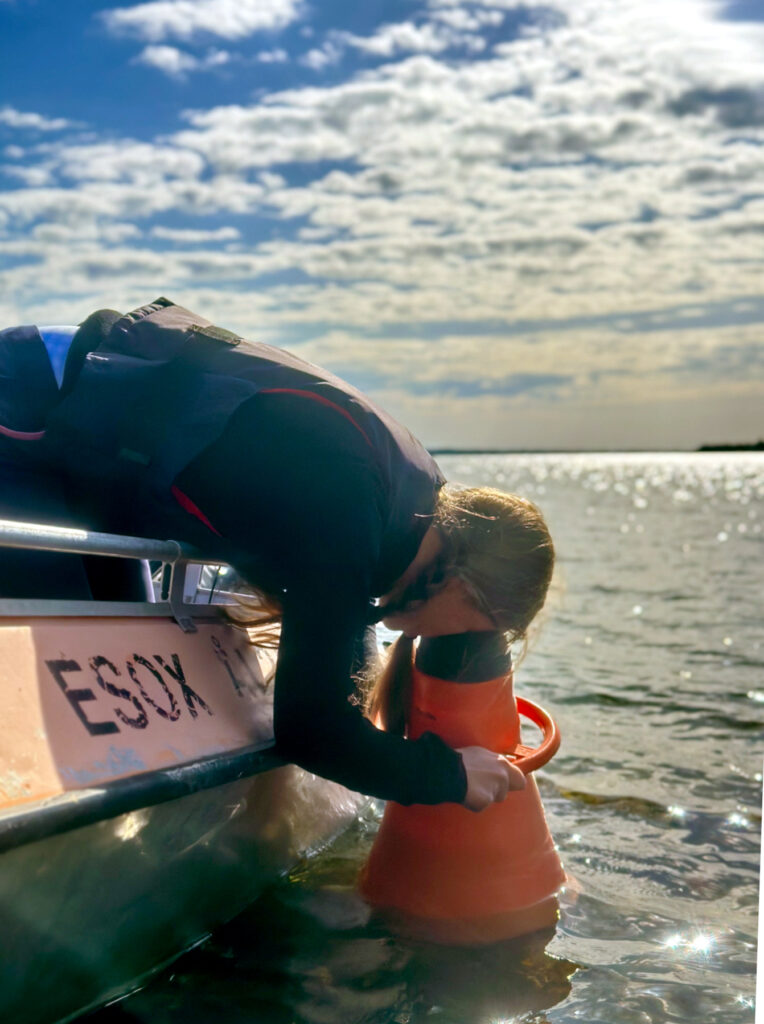
Despite the occasional eerie encounter, our focus remained on the science. We conducted our experiment in outdoor mesocosms, creating an artificial environment that mimicked natural Baltic Sea conditions. In this environment, we replicated different ALAN conditions: no light, white ALAN (light with an intense blue component), and yellow ALAN (light with a weak blue component). This setup allowed us to investigate how different ALAN spectrums, combined with the additional stressor of grazing by the isopod Idotea balthica, influenced the resilience and growth of the bladderwrack.
However, implementing the setup was no easy task. To ensure the mesocosms accurately mimicked Baltic Sea conditions, we had to make several modifications: adjusting water inflow for stable circulation, modifying algae tanks to prevent grazer escapes while maintaining the seawater flow-through, and frequently clearing biofouling from seawater pumps. Calibrating the LED systems to maintain consistent light intensities across all replicates also required extra attention.
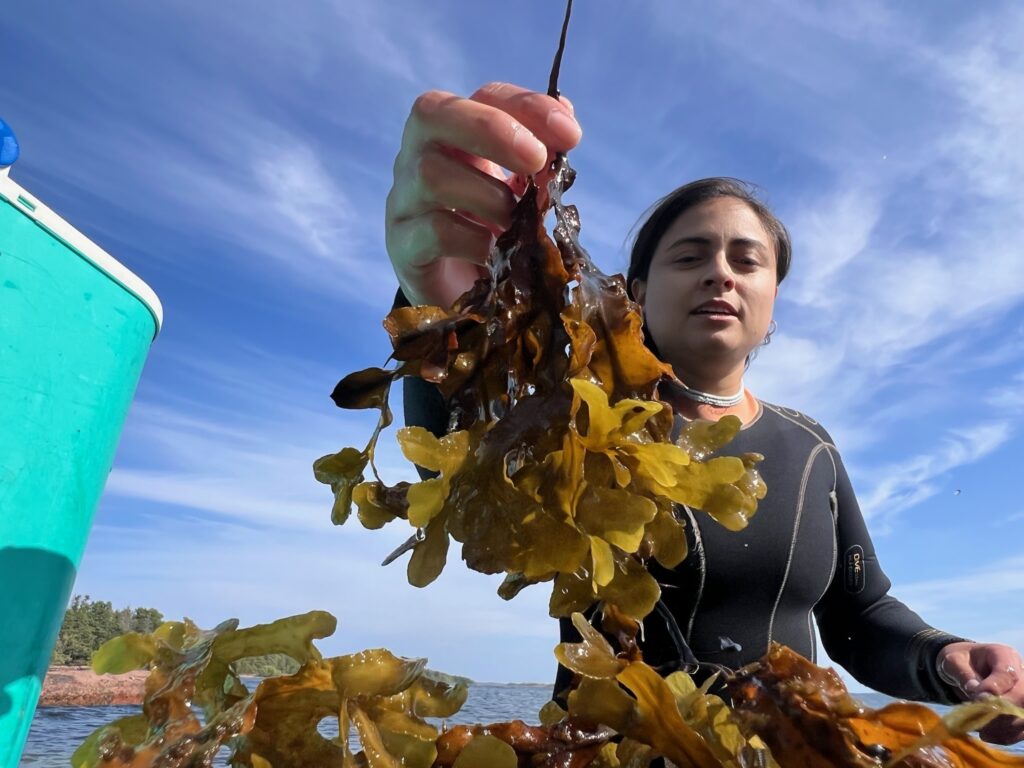
Since Åland experiences very short nights in summer, we also had to constantly adjust the LED dimmers to synchronize with changing local sunset and sunrise times. No matter how many blinds we installed, some daylight always crept in. Fortunately, the lids on our mesocosms minimized natural light interference, ensuring we could maintain controlled experimental conditions.
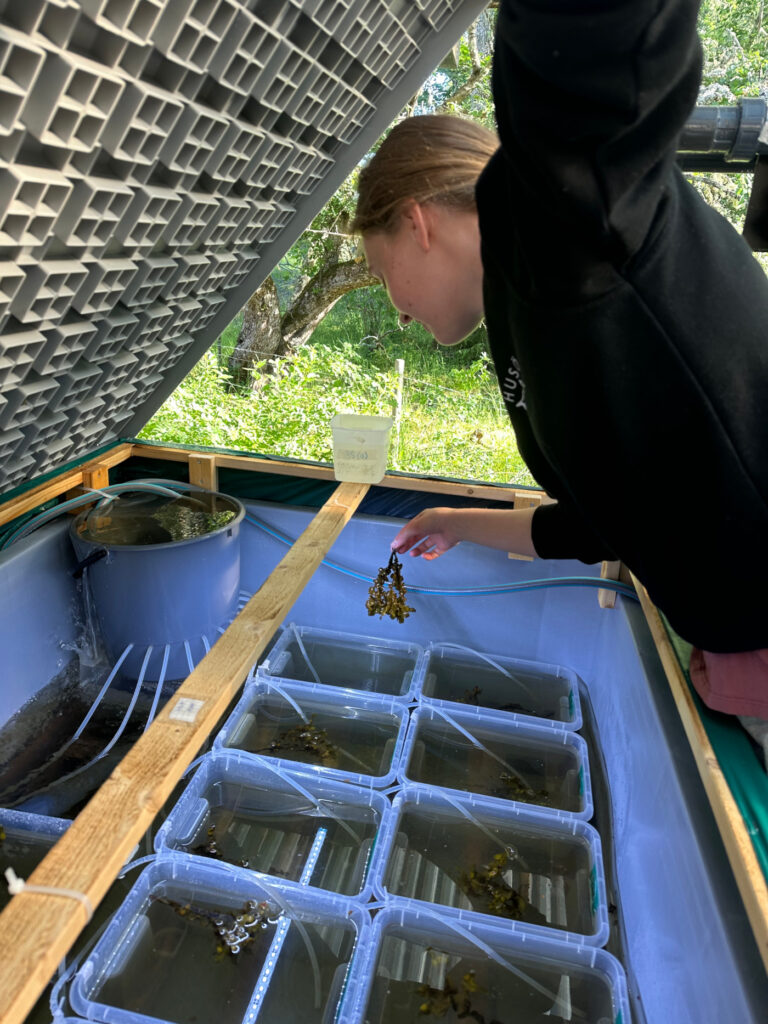
Working with living organisms brings its own challenges. Idotea balthica didn’t always cooperate—some individuals escaped, while others simply gave up (on life). However, an interesting pattern emerged in our last experiment: grazer survival rates were higher at cooler temperatures. The highest mortality occurred during the hottest days of July, while survival increased in late August when temperatures dropped.We still need to analyze our data further, but from what we observed, temperature might be an important factor influencing Idotea balthica’s resilience under ALAN conditions.
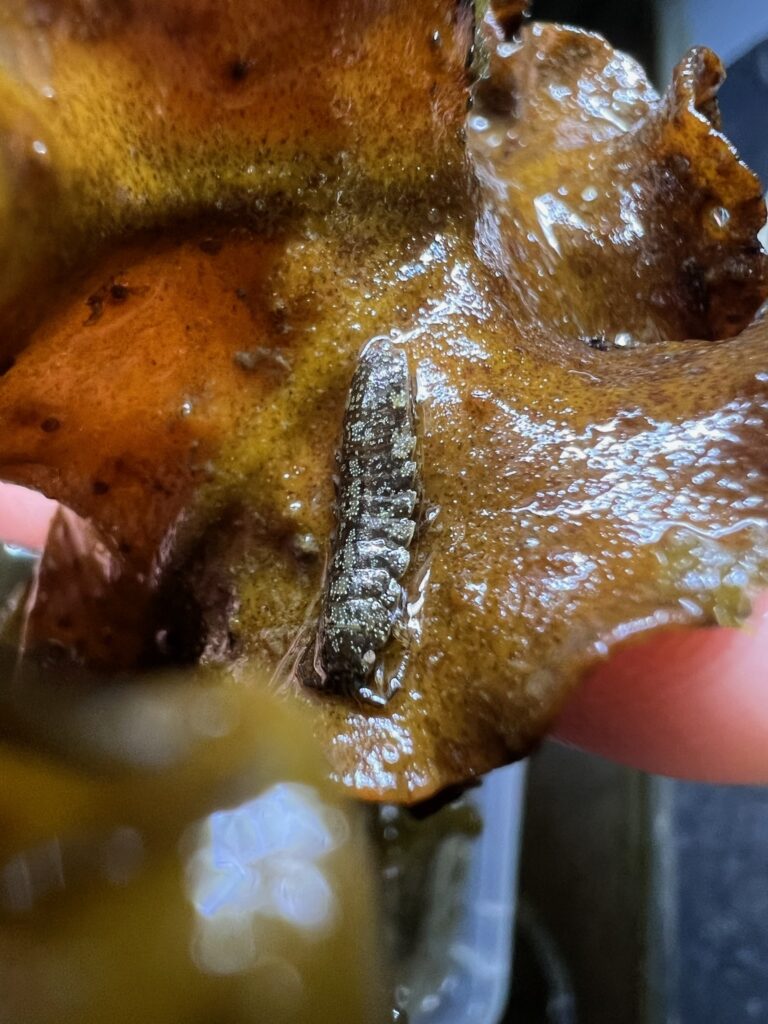
Our aluminum boat named Esox, was a key figure in our fieldwork. Collecting Fucus and Idotea in the outer archipelago sometimes required us to navigate through strong winds, sudden downpours, and thick mist. Though small, Esox handled it all, always delivering us safely back to shore, despite the occasional moment of doubt about whether we would make it. Kristin is remarkably skilled at handling that little boat. What’s truly impressive is her fearlessness: she doesn’t shy away from the waves but embraces them with a smile.
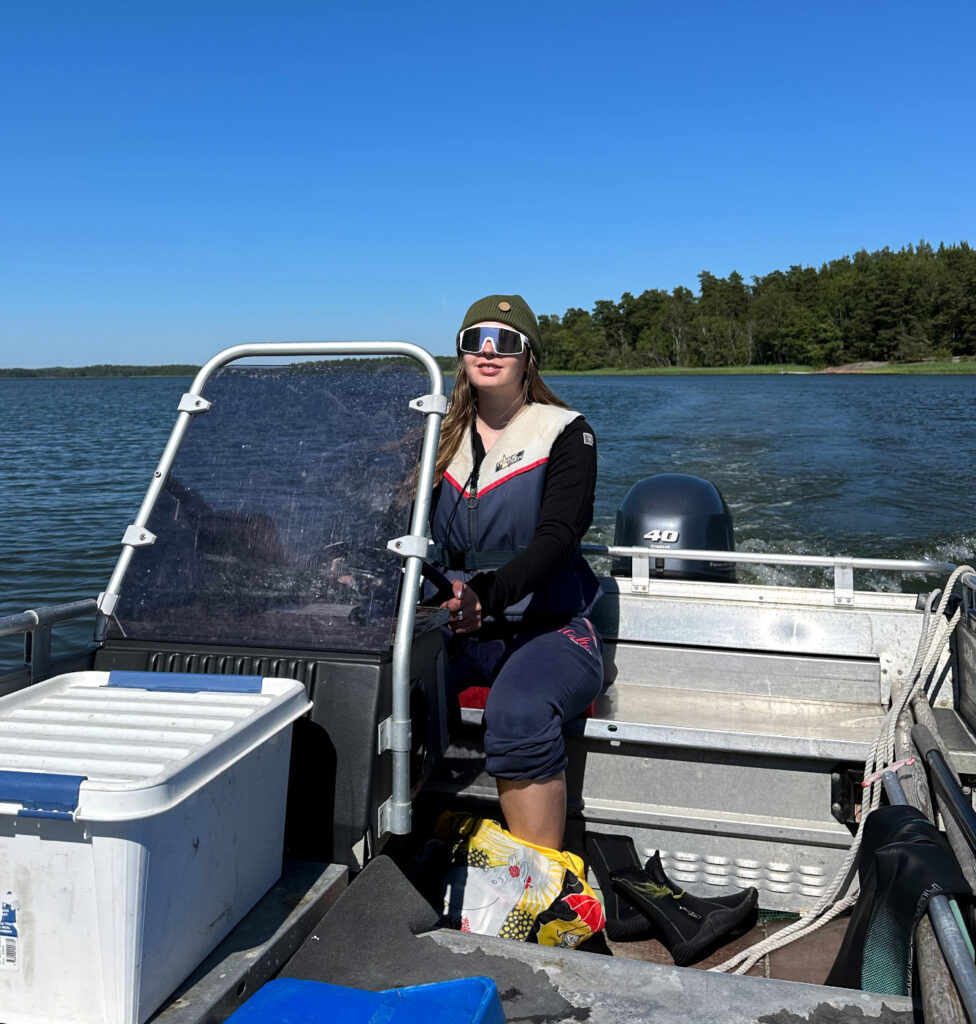
As October arrives with its crisp, starry nights, we reflect on how far we’ve come—from the cold, dark days of April to the sleepless brightness of June, and finally to the cool autumn evenings, where the northern lights occasionally dance across the sky. Our final experiments are done, we’ve been through mesocosm troubleshooting, endless boat rides, and midnight data collection. Now, it’s time to swap boats and multiparameter devices for spreadsheets and R scripts, letting the data tell its story. So, we will return to GEOMAR in Kiel for the data analysis.
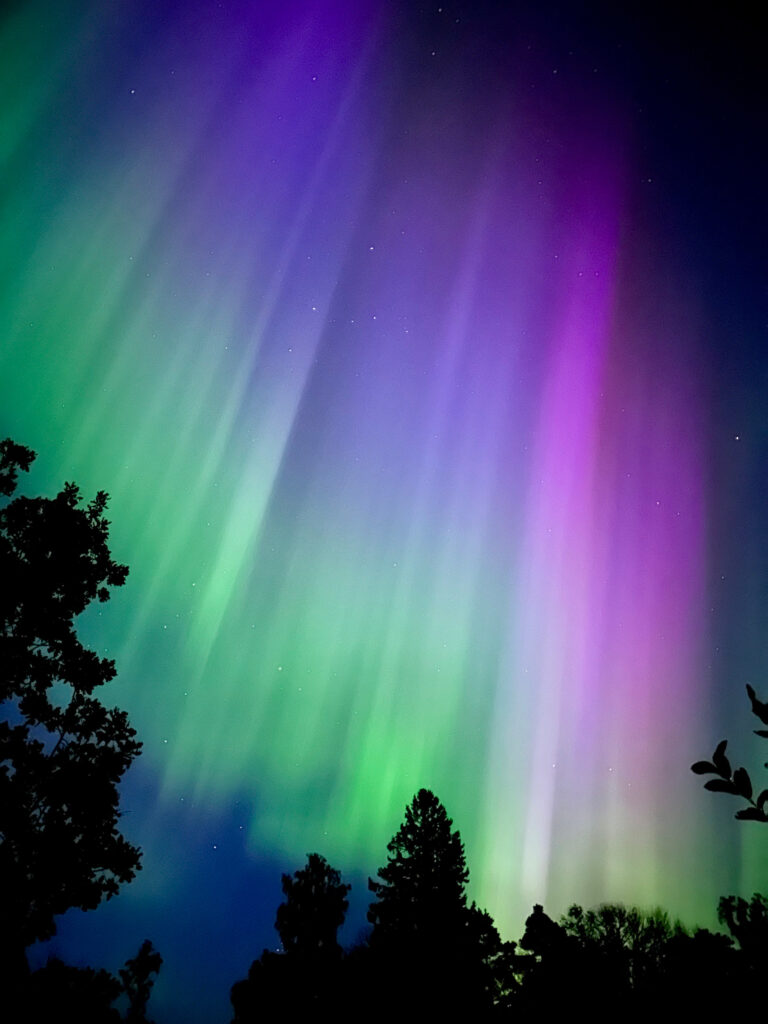
Moi moi!
